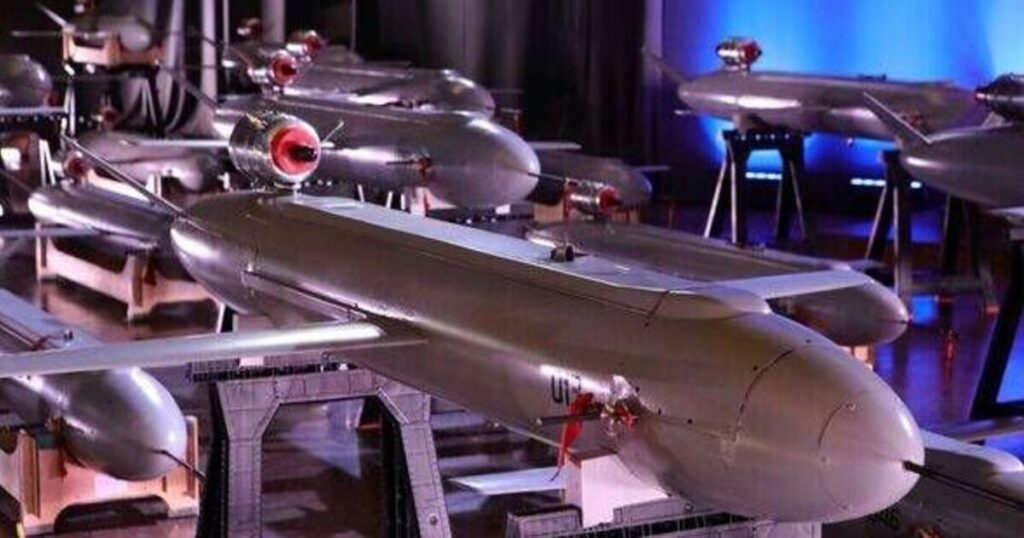
Ukraine‘s General Staff praised it as a “successful hit” that penetrated Moscow’s air defenses.
Recently, Russia has faced continuous bombardment from a new Ukrainian missile called the Flamingo. This cruise missile can deliver a payload of 1,150kg, making it among the largest such weapons worldwide, and features a range of 3,000km, nearly twice that of the devastating Tomahawk missiles, reports the Express.
This development comes as Trump appears reluctant to provide any of the US missiles. Fire Point, the Ukrainian arms manufacturer responsible for it, maintains it can strike within 14 meters of its target. Due to a production mishap, early versions of the weapon emerged pink, earning it the moniker the Flamingo, which has remained.
These drones have already seen action, with three of them striking a Russian base, obliterating six hovercraft, and creating craters over 30 feet in diameter. They’ve also been used to target Russian oil refineries.
Recent analysis suggests that Russia‘s economy may be on shakier ground than President Vladimir Putin lets on. Despite Western economic sanctions, Putin has painted a picture of Russian strength.
However, analysts note that to maintain this facade, Russia has had to ramp up defense spending to 40% of its federal budget for weapons factories and increase its reliance on trade with China to modernize its military and support its war efforts in Ukraine.
At the same time, Russia is looking to grow and strengthen its military to take on NATO, a goal analysts say could be achieved within seven to 10 years. This will require training troops for combat, updating its heavy equipment, and restocking its weapons arsenal.
In the meantime, Putin has managed to keep NATO on its toes by launching “cheap” cyber and sabotage attacks, including airspace violations in Poland and Estonia last month, following U.S. President Donald Trump‘s return to office.
Despite government spending and high export prices allowing Russia to surpass economic forecasts, the country is still grappling with fiscal issues, labor market and defense shortages, and hurdles in acquiring crucial technologies and resources due to sanctions, as per a war analysis in Foreign Affairs.






















